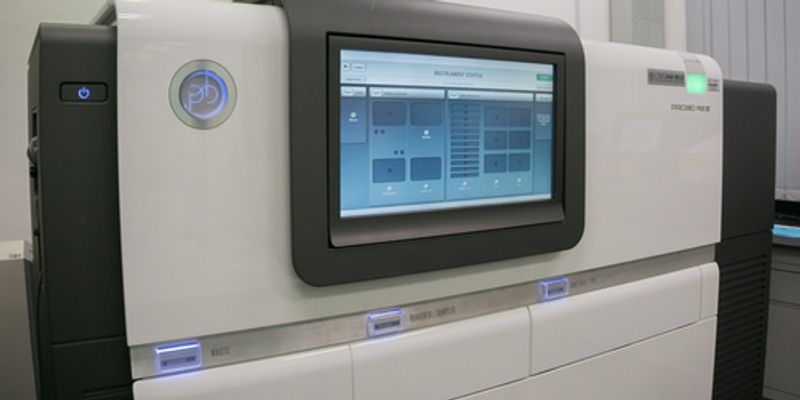Genome Sciences
Genome science refers to the study of the genome, and organism's complete set of DNA which includes all of its genes. Genome constrasts with genetics, the latter of which refers to the study of one specific gene and their role in inheritance.
-
It has been noted by many in the community that for Precision Medicine to become a transformative reality, the underlying DNA and RNA sequence data have to become more precise. In my talk, I...
Inherited disorders affect millions of people globally. These diseases significantly impact lives of patients and their families, and in addition, also results in substantial socio-economic i...
Speaker:
Raed Samara, PhD
, Rupert Yip, PhD
JUN 19, 2019 | 11:00 AM
DATE: June 19, 2019TIME: 11:00am PDT, 2:00pm EDT Abstract:...
JUN 19, 2019 | 8:00 AM
DATE: June 19, 2019TIME: 8:00am PDT, 11:00am EDT Approximately 80% of all cancers are known to be affected by both somatic mutations and copy number changes. Furthermore, r...
Speaker:
Ravindra Kolhe, MD, PhD
, Joanna Przybyl, PhD
Sponsored By: Thermo Fisher Scientific - Applied Biosystems
JUN 18, 2019 | 9:00 AM
DATE: June 18, 2019TIME: 9:00am PDT, 12:00pm EDT, 5:00pm BST In the Atacama desert, Chile, twelve small aperture telescopes are observing the southern sky since 2016. Combining the opti...
JUN 05, 2019 | 5:00 PM
DATE: June 5, 2019TIME: 8:00am PDT, 11:00am EDT, 5:00pm CEST Eukaryotic cell cultures respond to the most subtle influence. Apart from the risk of contamination, minimal chan...
With growing standards of patient care, clinical testing laboratory across the world are forced to change the way they manage their laboratory operations. More focus is now given to automatio...
Speaker:
Shonali Paul, MBA
MAY 21, 2019 | 7:00 AM
DATE: May 21, 2019TIMEL 7:00am PT, 10:00am ET Human T cells are central effectors of immunity and cancer immunotherapy. CRISPR-based functional studies in T cells could prioriti...
MAY 16, 2019 | 4:00 PM
DATE: May 16, 2019TIME: 7:00am PDT, 10:00am EDT, 4:00pm CEST The emergence of NGS is revolutionizing the microbiological sciences and transforming medicine. Deep sequencing has...
In 2014, the Undiagnosed Diseases Network (UDN), which is funded by the NIH, was established as a network of seven clinical sites, two sequencing cores, and a coordinating center. Later, a ce...
Screening to identify all known viruses and other pathogenic microorganisms including bacteria, fungus and parasites in human tumor tissues will provide a more comprehensive understanding of...
Speaker:
Erle Robertson, PhD
Real-time PCR, or quantitative qPCR, is a commonly used molecular biology lab technique to determine the actual amount of PCR product at a given cycle. For quantitative reverse transcription...
Speaker:
Gillian Browne, PhD
Speculations that some form DNA alteration might be utilized by the brain date to the 1960s [1] wherein hypotheses for genomic alterations of germline DNA were proposed for immunoglobulins an...
Release of the first human genome assembly was a landmark achievement, and after nearly two decades of improvements, the current human reference genome (GRCh38) is the most accurate and compl...
























